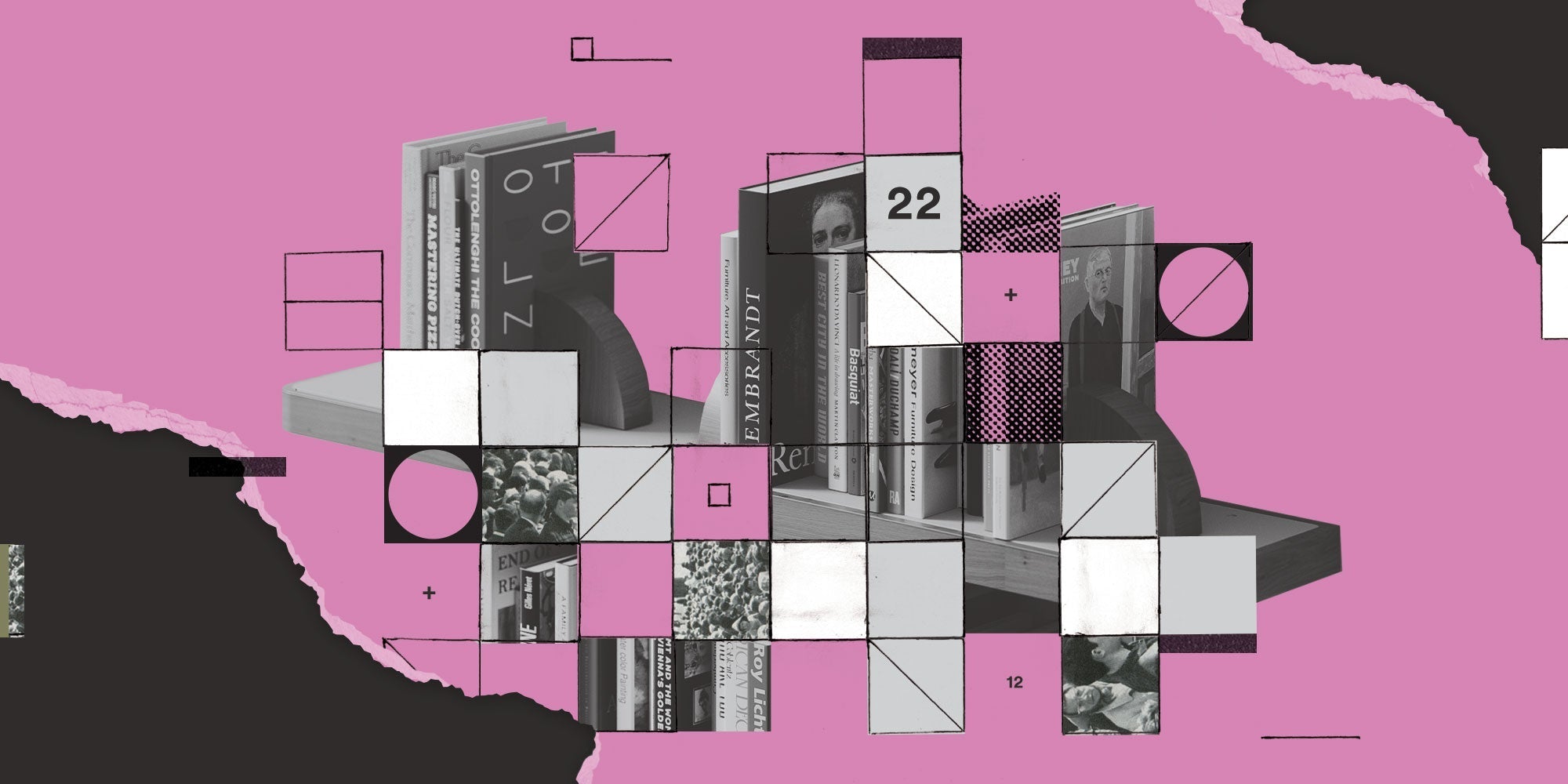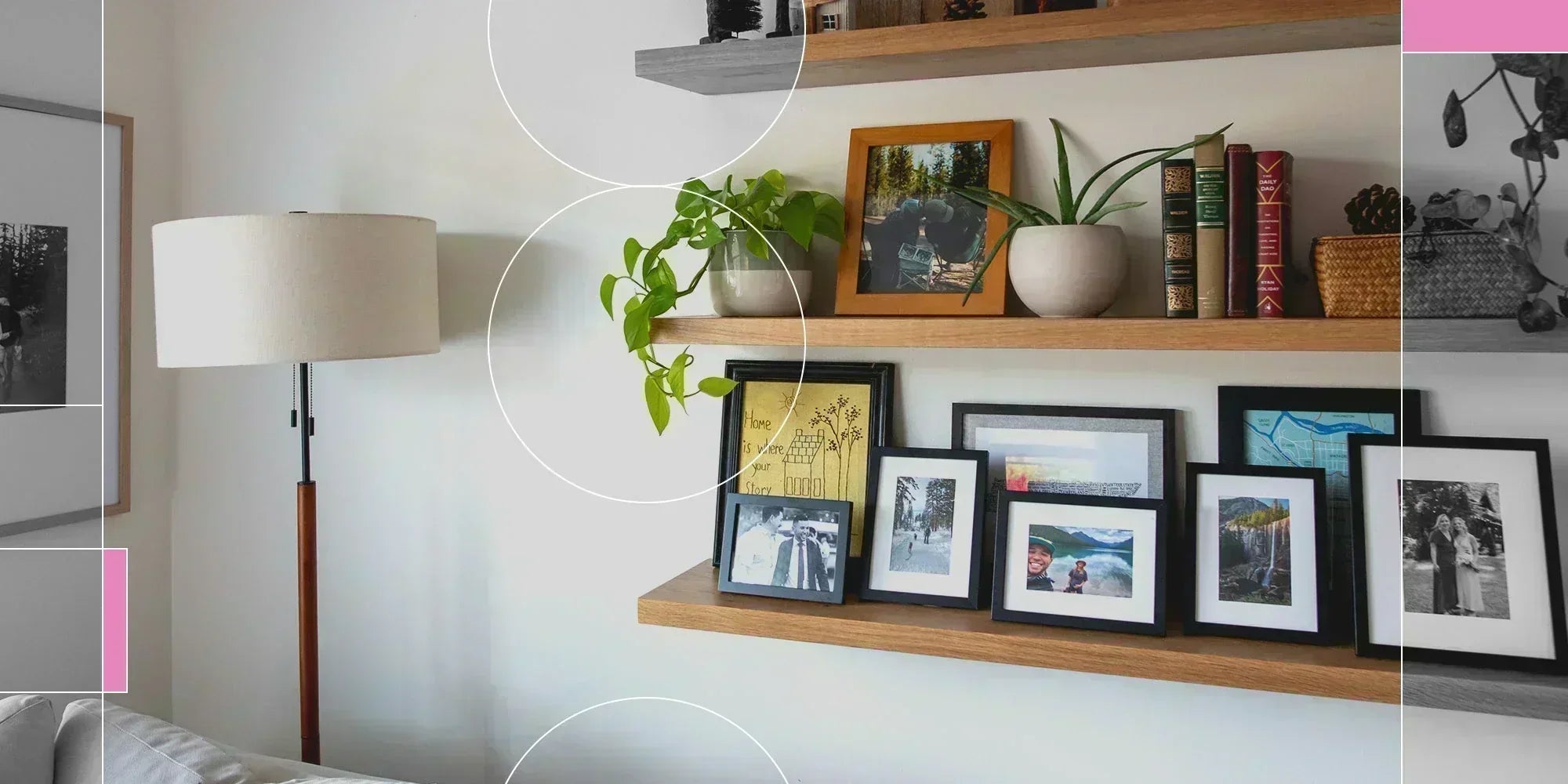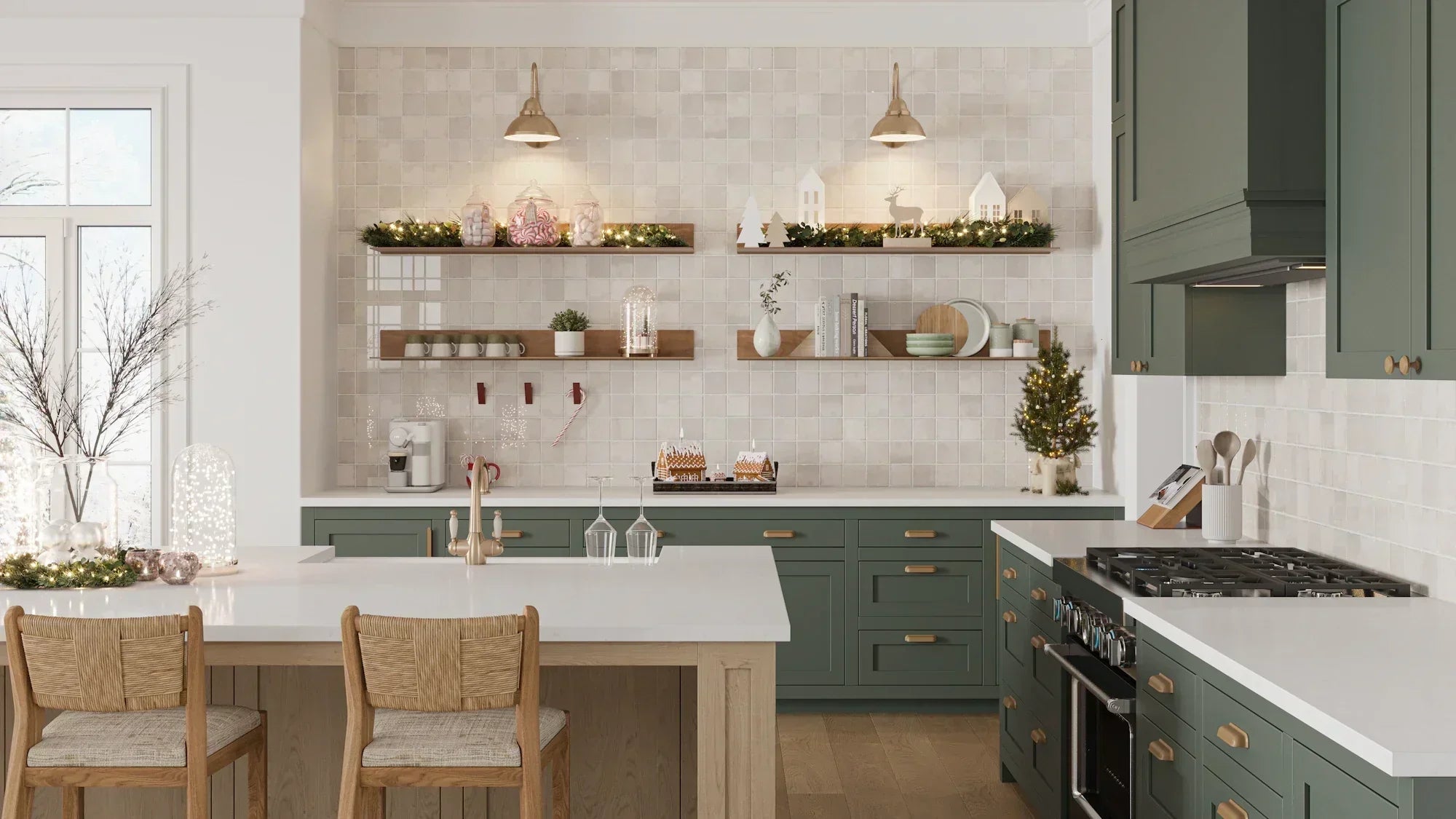Is your floating shelf tipping downwards away from your wall? If so, you have a sad, saggy shelf on your hands. Let’s take a look at how to fix these and other common problems so that you can regain a sense of order and zen in your space.
TLDR: to fix a sagging or warped floating shelf: 1) Remove everything from the shelf. 2) Make sure that the shelf bracket is correctly attached to the wall using wall studs (or blocking) and that the wall is level. 3) If the shelf slab is warped, apply counter-pressure to reverse the warping OR replace the shelf slab. Finally, 4) re-install your floating shelf. For a more detailed explanation and instructions, read on!

Sagging Floating Shelves
Your shelf is tipping if the front face of it seems lower than the part that attaches to the wall. This is an issue caused by loose supports or a lack of internal structure to hold the shelf up. When you are ready to fix your shelf, you’ll need to address why it’s sagging.
Bowed or Otherwise Warped Shelves

If your shelf has started to curl, bend, bow, or otherwise warp, this can be a real drag. Wood warping is defined as “a deviation from flatness in timber as a result of stresses and uneven shrinkage.” (source: Wikipedia) This typically happens for one of three reasons; first and foremost, your shelf isn’t made out of a sturdy enough material to resist “bowing.” Second, there isn’t enough support in the middle of your shelf to resist this bowing. Or thirdly (and most frequently and regrettably), you purchased an inferior floating shelf from an unnamed manufacturer and it simply can’t support the weight they are placing on it. Whichever is the case, don’t trip! Shelfology to the rescue. Let’s get that shelf back in proper working order. Or, if you have a definite sense that your problems stem from inferior floating shelf materials, save yourself the trouble and shop our extensive line of floating shelves that are guaranteed never to let you (or your precious things) down!
How Do I Fix a Sagging Floating Shelf?
If your shelf is sagging (or leaning/tipping downward and away from the wall), it’s not long before your precious Star Wars collectibles or plants or whatever start to slide off, too. Here are some steps you can take to fix a sagging floating shelf in a jiff!
1. You’ll need to first remove the items from the shelf and take the shelf off of the wall.
2. Make sure that the shelf bracket is properly attached to the wall.
If the bracket itself is loose on the wall, you’re going to need to reinforce the attachments before moving on. This is a two-step process. First, you need to ensure that the floating shelf bracket is attached to at least one (but preferably several!) wall studs or wall blocking. Second, any holes in the bracket that aren’t attached to a wall stud should have wall anchors (we recommend Toggler SnapSkru Mini Anchors) behind them and screws added in the bracket to keep the bracket snug against the wall and keep it from twisting or flexing when weight is added.
3. If your wall isn’t level, make it level!

In some cases, the problem might be that your wall itself isn’t level. You’d be surprised how often this actually happens. No stress! You can use a “shim.” You may need to try several applications before you find something that gets your shelf level. Folded gift cards, cardboard, and thin pieces of scrap wood all will work well for this. Tape or screw your shim into your shelf and try re-hanging the shelf.
How Do I Fix a Warped Floating Shelf?
If your wood was excessively exposed to the elements (moisture, sunlight, etc.), and especially if your wood wasn’t properly or evenly finished, you might just end up with a warped shelf. A warped shelf is not only sad, but it can also be dangerous so you’ll want to take care of it right away. Here are some steps you can take to fix your warped floating shelf problem!
1. Remove Everything from the Shelf
The first thing you’ll want to do is take everything off of the floating shelf. It is going to take some time for us to reverse the deformity, so store these items in a box, together.
2. Remove the Shelf Itself
You may need to unscrew the shelf from its supports. Do so carefully; if your shelf is warped enough, these supports may have gone sideways on the underside of your shelf. Remove your shelf from its bracket, leaving the bracket attached to the wall.
3. Apply Counter-Pressure
The next step is to apply constant counter-pressure to help flatten the shelf back to its original shape. This can take some time; as you might expect, it took time for the shelf to start warping, so it will take some time to get it back to the way it was before. You can achieve this by placing your shelf bowed side up and placing something very heavy on it.
4. Reinstall Your Shelf
After the counter-pressure has done its job, you’re ready to reattach your shelf slab. Simply follow the same process you used when you originally installed your shelf. Don’t forget to re-secure the board to the bracket.
How Can I Prevent My Floating Shelf From Warping or Sagging Again?

This process is all well and good, but you don’t want to have to keep doing this. Let’s be honest for a second:
It all starts with the bracket and shelf slab homies!
If you don’t have a high-quality bracket and shelf slab that can be installed properly, you’re setting “yourshelf” up to fail (see what I did there?). Depending on the type of shelf kit you bought, you might be able to add additional support by drilling into additional stud points. However, this isn’t always possible.
Your best bet is to start with high-quality materials, like our contractor-grade floating shelf brackets.
If you aren’t ready to dig into radically high-quality shelves just yet, these fixes might be able to save your bacon. We hope this helps address your sagging and warped shelves.




Share:
How Much Weight Can Floating Bookshelves Hold?
5 Clever Ideas for Living Room Shelves